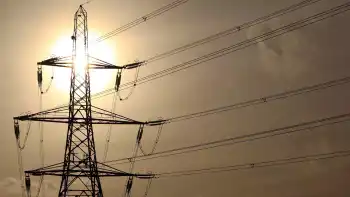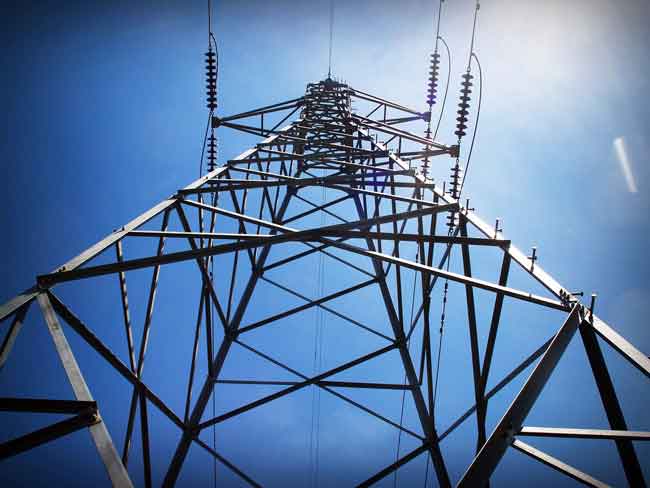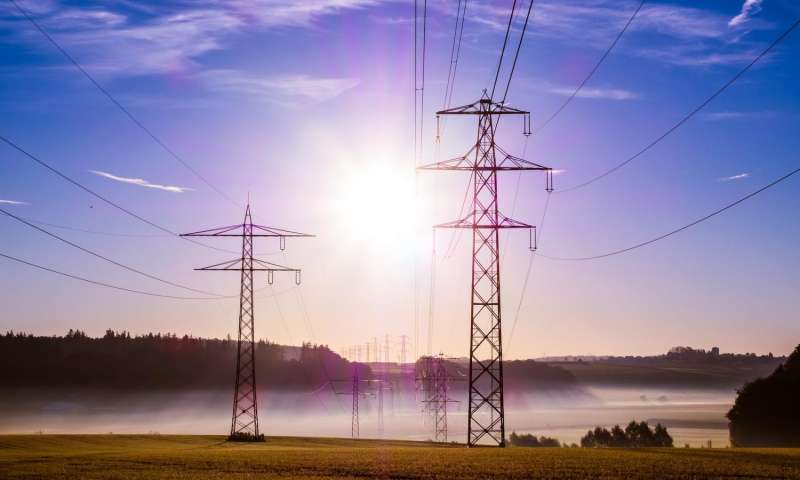Northeast US/Canada winter power adequate-NPCC
By -- Source Reuters
Protective Relay Training - Basic
Our customized live online or in‑person group training can be delivered to your staff at your location.

- Live Online
- 12 hours Instructor-led
- Group Training Available
The report projected net internal winter demand in the region of 107,984 megawatts (MW) and 126,836 MW of supply, according to study done by the Northeast Power Coordinating Council (NPCC).
The capacity margin in the region is 16.5 percent.
NPCC is responsible for ensuring reliable power supplies in a territory that includes the six New England states and New York in the United States and Ontario, Quebec and the Maritime Provinces in Canada.
The forecast winter peak demand of 107,984 MW is 5.3 percent higher than last winter's peak demand of 102,584 MW and would be a record. The region's all-time winter peak was 102,640 MW.
Two of the three Canadian subregions -- TranEnergie in Quebec and the Maritimes in New Brunswick, Nova Scotia and Prince Edward Island -- are winter peaking systems.
In the United States, New York and New England are summer peaking systems.
The province of Ontario become a summer peaking system last summer.
NPCC expects the entire region to have enough resources to meet expected demand and reserve requirements during the 2001/2002 winter.
The Independent Electricity Market Operator, which operates the power grid in Ontario, however, projected "relatively tight but adequate" capacity margins in the province for the coming winter.
REGION BY REGION
MARITIMES - The projected 2001/2002 winter peak demand is 5,258 MW, which would be a 2.2 percent increase from the 2000/2001 winter peak demand of 5,143 MW.
The Maritimes should have sufficient capacity margin to meet the projected demand and should be able to keep the interconnection with New England fully loaded this winter.
NEW ENGLAND - ISO New England, the grid operator for the six New England states, forecast a winter peak of 21,490 MW, 1,402 MW more than last year's actual winter peak of 20,088, which occurred on Dec. 8, 2000.
In addition, the 2001/2002 forecasted peak demand would be 314 MW higher than the all-time record peak of 21,176 MW, which occurred on Jan. 17, 2000.
For the winter peak (Jan. 2002), ISO New England projects a net operable capacity of about 28,180 MW, which would include 515 MW of new generation.
ISO New England projects two new generating facility additions during 2001/2002 winter: Wallingford (550 MW) and Lake Road (800 MW).
ISO New England said it expects to have sufficient operable capacity to meet the anticipated peak demands and operating reserve requirements during the winter.
NEW YORK - The projected peak demand for the winter 2001/2002 is 24,670 MW, which would be about 1 percent above the forecast for winter 2000/2001 and 1.03 percent above the all-time New York seasonal peak of 24,051 MW, which occurred on Jan. 18, 2000.
The New York ISO, which operates the state's power grid, said resources are adequate to meet projected demand and provide for scheduled and forced outages and a significant margin over the required winter operating reserve.
ONTARIO - Ontario's forecast winter peak demand is 23,567 MW based on normal weather, a 1.2 percent increase from the 2000/2001 winter peak demand of 23,291 MW.
The province's all-time record winter peak demand of 23,857 MW occurred on Jan. 19, 1994.
Ontario's grid operator, the IMO, projected resources would be adequate to meet forecast demand and energy requirements during the winter peak, although projected capacity margins are lower than in previous winters.
If Ontario needed to supplement its generation supply, it could import power from other areas -- Quebec, New York and Michigan.
There was no new merchant capacity projected to come on line this winter in Ontario.
HYDRO-QUEBEC - Hydro-Quebec's forecast internal peak demand for the 2001/2002 winter was 33,879 MW, up 0.3 percent from last year's forecast of 32,770 MW.
The actual 2000/2001 peak demand was 30,412 MW, which occurred on Dec. 13, 2000.
Winter demand in Quebec is highly dependent on temperature due to the high use of electric heating.
The province's all-time peak demand of 31,995 MW, occurred on Jan. 14, 1999.
A new hydro generating station, Sainte-Marguerite 3, is being added to the system. Two new generators with a total capacity of 880 MW (440 MW each) will be added, but only one generator will be commissioned during the peak demand period.
Hydro-Quebec said it expects net capacity resources to be sufficient to meet expected demand and reserve requirements during the winter.











